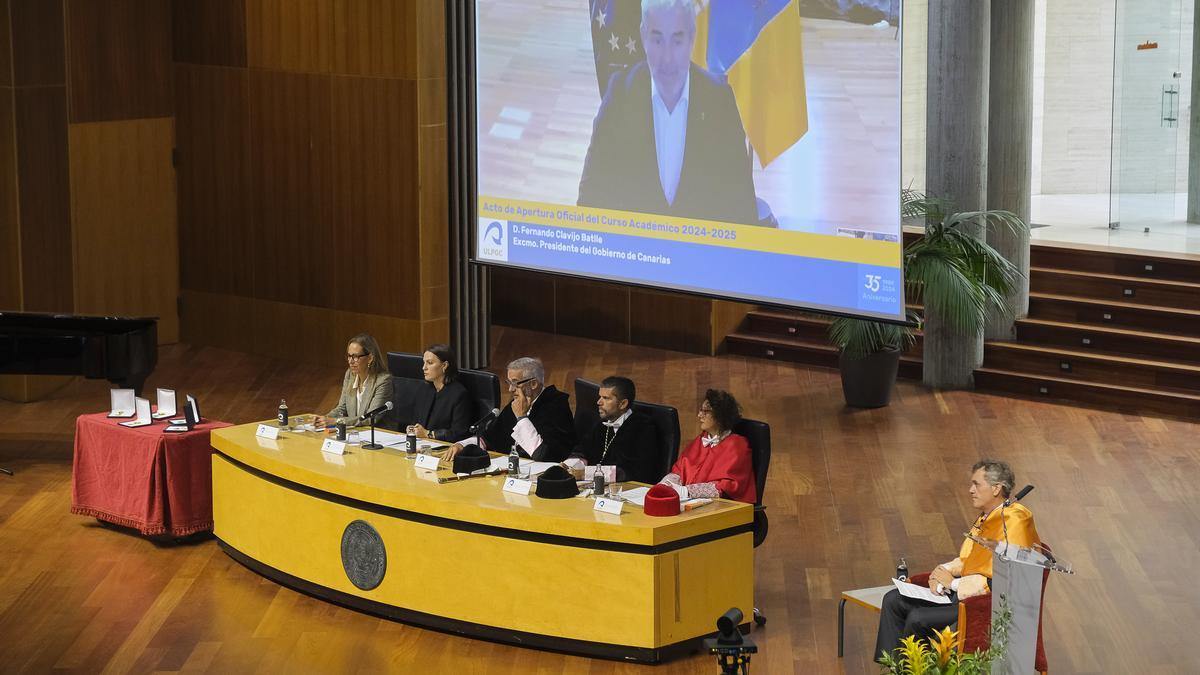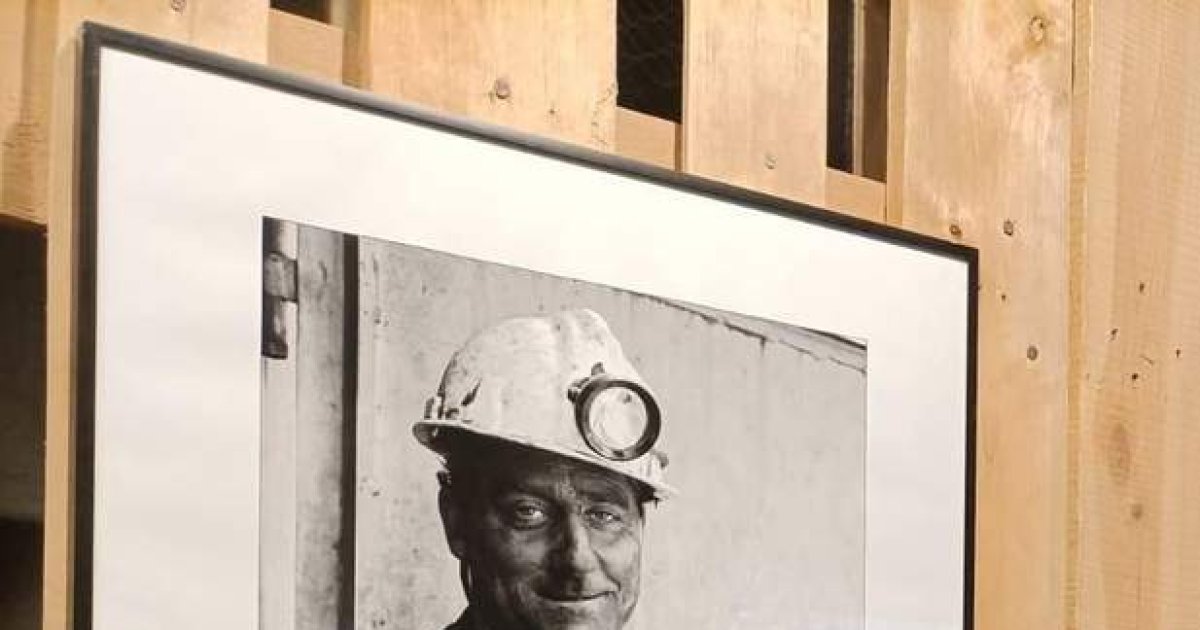Surprisingly, what happens inside the clouds will still be a mystery in 2024. These processes have intrigued scientists since the late 18th century, when pioneers climbed to mountaintops to take pictures. parts From the cloud. Although they have continued their research in balloons, in airplanes, and finally from space, and models have advanced greatly, clouds are still the main source of uncertainty in weather forecasting and in their effect on the Earth's radiation balance. The reason is that most techniques used from the ground or from satellites can barely scratch their surface.
For this reason, the first image of the inner cloud was captured by the ship's Cloud Profiling Radar (CPR). Earth Care SatelliteIt is a joint mission between the European and Japanese space agencies (ESA and JAXA), and it is a mission of great value and could be revolutionary. The image was taken over the ocean east of Japan on June 13, and you can see the vertical appearance of a group of clouds, as if we had taken an X-ray or cut a cake.
The radar shows that the densest part, where the largest particles are, is in the middle of the cloud, and the Doppler instrument reveals the different speeds at which the particles that make it up move: ice crystals and snowflakes at the top, and larger droplets and in the lower region, about 5,000 meters above sea level, where rain falls. “This is the first image of this kind: we have never been able to measure this kind of information from space before,” says the Japanese researcher. Takuji Kubotathe scientific leader of the mission.
The satellite was launched on May 29, and this is the first of thousands of images it has taken. to survey The global atmosphere from polar orbit is simultaneously receiving data from three other instruments that will also help understand its role in climate change: a broadband radiometer to measure reflected solar radiation, Lidar An atmosphere that captures the vertical distribution of aerosols and a camera that takes high-resolution images in multiple bands, in the visible and infrared spectrum, which will help put the information into context.
Better rainfall forecast
Experts agree that the application of this technology, in this project and others, opens the door to further improvement of rainfall forecasts, which until now have been kept within three days in advance. With this new information, we will be able to better identify some of the unknowns in the models, which are now estimated and unknown, he explains. Francisco J. Tapiadorprofessor of geophysics at the University of Castilla-La Mancha (UCLM) and a cloud specialist. “We will be able to know better, for example, how much of the small droplets bounce off the large ones, or how much of the water droplets stick to the ice,” he says. “Knowing these details will allow us to know if it will rain sooner or later and adjust the forecasts a little beyond the three-day horizon.”
“The first thing you have to consider when you see a cloud is whether it's going to rain, what part of it is, how much, and when,” he says. Jose Luis Sancheza professor of applied physics at the University of Lyon who studies the interior of clouds, often penetrating them with sophisticated equipment. On board aircraft“You try to solve these big questions with a network of ground-based radars, but you always have areas that you don’t reach,” he says. “Other instruments from space give you specific information about precipitation, whether it’s hail, snow or rain, but they don’t give you that level of detail.”
The main difference, adds the AEMET meteorologist, Xavier Calpitin wavelengths. “The microwaves from other C-band devices are about 4 centimeters long, whereas EarthCare uses about 3 millimeters, which is much higher resolution,” he says. “To put that into perspective, that’s the difference a blind person would notice if they were testing something with a stick or feeling it with their hands.”
Instrument calibration
“In addition to being able to study cloud physics more precisely, another important aspect is that it will allow calibration of other satellites,” says Calbet, referring to the fact that the data captured by EarthCare will be compared with the cloud. Overlay images from weather satellites and it will be possible to better understand what lies beneath that surface layer captured from geostationary orbit. “In oceanic marine areas, you will gain a lot because it is difficult to obtain this information,” he comments. Juan Jesus Gonzalez AlemanResearcher in meteorological modelling and convective storms and AEMET meteorologist. “The Canary Islands, for example, probably benefit much more than the peninsula in this respect, because the systems that affect them come from the ocean.”
Francisco J. Tapiador doesn’t just think this could be the future of forecasting. He’s been involved in several NASA and ESA projects that are working on the idea of capturing the interior of clouds with radar from geostationary orbit, at a much higher frequency and perspective, as weather satellites like Meteosat do. “At ESA, we started working with China to do this, but it didn’t last, because of technical challenges such as the size of the antennas,” he says. “But work is underway to get a microwave radar image from geostationary orbit, and that would be a huge revolution.”
Knowing these details will allow us to know whether it will rain sooner or later and adjust the forecast slightly beyond the three-day horizon.
The specialist points out that before the EarthCare program, projects were designed to study the formation of convective clouds from the satellite (Oak) And inside the clouds it was seen on radar in programs such as Cloudsat also Calypso And the towers are like GPM satelliteswhich captures precipitation. “The main novelty is that we can now see the speed at which the droplets fall, and we will be able to know much better the droplet distribution or particle size, in the case of ice, and this allows us to improve the models with a great deal of accuracy,” he says. “It is difficult information to obtain.” “Whether it will rain more or less in Alpedretti will depend on what we know about the clouds; this will allow us to improve the forecasts.”
Unknown facts about climate change
The second aspect that EarthCare may reveal is the role of clouds in global warming and the radiation balance. “What is most interesting, given climate projections, is the role of clouds in the radiation balance of the Earth,” he explains. Jose Miguel Vinas“This still causes a lot of trouble for modelers, for example, figuring out how much of the aerosol goes from promoting cloud growth and precipitation to inhibiting it,” said meteorologist Dr.
By collecting simultaneous information on the amount of aerosol present in the areas Clear And the amount of light reflected and absorbed in cloudy areas will enable us to learn more about how they affect the planet’s energy. Experts agree that the instrument will provide data to determine to what extent the dramatic rise in global temperatures recorded in the past two years is partly due to factors such as the Tongan volcano eruption or the siphoning of sulfur fuel from ships, which caused significant damage. A significant reduction in cloud cover on their routes.
It is essential to know more adequately and accurately the effect of clouds on the energy balance of the Earth.
“Knowing the effect of clouds on the Earth's energy balance more accurately and properly is essential,” says the meteorologist. Angel Rivera“This is very difficult without a much deeper knowledge of the physical processes that occur in them and their internal structure.” With the information obtained, it is also possible to classify the scenarios predicted by the IPCC based on the different rates of gas emissions into the atmosphere. “The better we know what they are, the better we will understand how they might evolve in the different emissions scenarios that are being considered,” says Viñas.
“The key to the mission is that the four instruments work together to give us a global understanding of the very complex interactions between clouds, aerosols, incoming solar radiation and outgoing thermal radiation to help better predict future climate trends,” he sums up. Simonetta CheliESA's Director of Earth Observation Programmes. He stresses that the first image released by EarthCare is the best real-world example of what we can expect in the future, when the satellite and all its instruments are fully calibrated and put into service. And it is a first step towards continuous monitoring of the interior of clouds from space.





